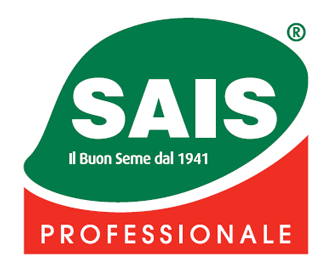The ongoing discussion about NGT, New Genomic Techniques
The definition of GMO, genetically modified organism, has been given from the EU in 2001 (Directive 2001/18/CE), and it has been formulated as follow:
GMOs are organisms (apart from human beings) whose genetic material has been altered in a way that does not occur naturally by mating and/or natural recombination.
Basing on this definition, the threshold within a GMO and a conventional product is given by the introduction in the dna of a living organism, of genetic material coming from a different specie.
In the meantime the science has developed New Genomic Techniques which are not recognized as GMO according to the above definition because there is no introduction of dna of a different specie, and new products has been created and marketed in several countries of the world. See for example the following article about Tomato modified in order to increase the content of GABA:
https://academic.oup.com/pcp/article/63/6/731/6564444
Those techniques act directly on the genome of a living organism inducing some changes, but without adding anything of different origin to it.
However, The New Genomic Techniques were considered subject at all to the GMO legislation of 2001 when the European Court of Justice (CJEU) on 25 July 2018 stated that: “all products modified by genetic engineering with New Genomic Techniques (NGTs) developed after 2001 must be regulated as GMOs without any exception”.
Further to this decision a big discussion started at all levels, as the industry and part of the academic world said that those NGT should not be considered and ruled as GMO, while others supported and agreed the CJEU decision.
The EU Council in 2019 asked to the EU Commission to make a study to evaluate if the GMO legislation of 2001 was still valid and competent to rule the new reality brought by the New Genomic Techniques.
The European Commission published on April 29 2021 the study regarding the status of NGT under the law ruled by the Directive 2001/18/CE (OGM legislation) and the main conclusions has been:
- The study identified limitations to the capacity of the legislation to keep pace with scientific developments; these cause implementation challenges and legal uncertainties.
- There are strong indications that the applicable legislation is not fit for purpose for some NGTs and their products, and that it needs to be adapted to scientific and technological progress.
- It may not be justified to apply different levels of regulatory oversight to similar products with similar levels of risk, as is the case for plants conventionally bred and obtained from certain NGTs.
- The follow up to the study should confirm whether adaptation is needed and, if so, what form it should take and which policy instruments should be used in order for the legislation to be resilient, future-proof and uniformly applied.
- The study has confirmed that NGT products have the potential to contribute to sustainable agri-food systems in line with the objectives of the European Green DealEN••and Farm to Fork StrategyEN•••. Any further policy action should aim at enabling NGT products to contribute to sustainability, while addressing concerns.
- At the same time, NGT applications in the agricultural sector should not undermine other aspects of sustainable food production, e.g. as regards organic agriculture.
- Future policy action would also need to address the knowledge gaps and limitations identified in this study. Importantly, more effort should be made to inform and engage with the public on NGTs and assess their views.
The Council also asked the Commission to “submit a proposal, if appropriate in view of the outcomes of the study, or otherwise to inform the Council on other measures required as a follow-up to the study”, ensuring that any proposal is accompanied by an impact assessment.
The next steps that the Commission intends to take are outlined in the letter to the Portuguese Presidency of the EUEN••• that accompanied the study.
The Commission plans to initiate a policy action on plants produced by targeted mutagenesis and cisgenesis, which will involve an impact assessment including a public consultation.
It will aim at a proportionate regulatory oversight, which would maintain a high level of protection of human and animal health and the environment and allow to gather benefits from innovation, in particular to achieve the goals of the European Green Deal and Farm to Fork Strategy.
The Commission will engage in a wide-ranging communication effort to share the results of the study and to discuss its outcome and next steps with the EU institutions and stakeholders in dedicated meetings.
The Commission will publish the proposal for a new legislation after the current summer.
All of us in the EU are waiting for the decision of our EU bodies about how to rule the New Genomic Techniques.
In the case of Sais, all our breeding activity has been performed only with traditional breeding techniques, therefore the direction taken from the future EU legislation for the New Genomic Techniques will have no influence for our actual breeding activity.











